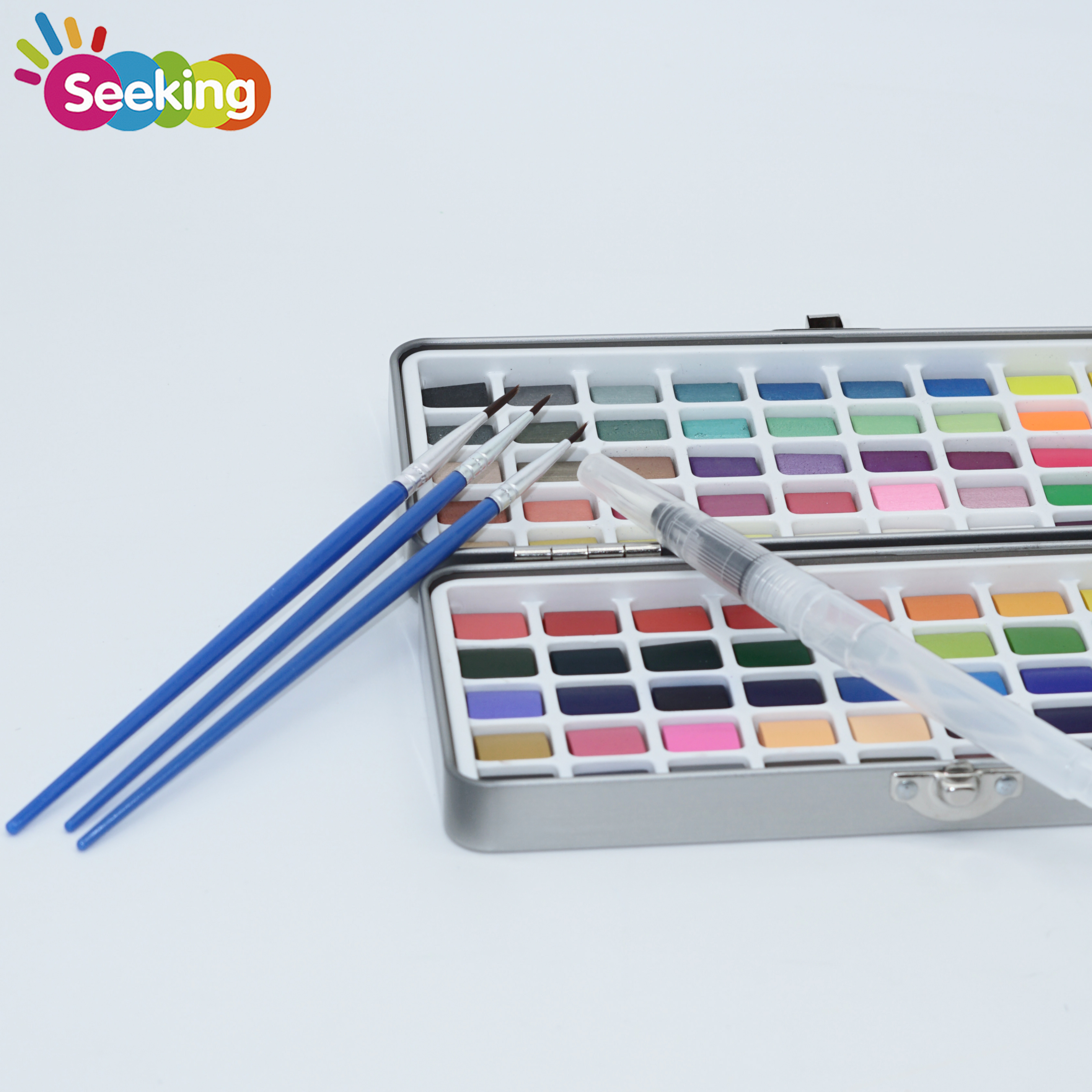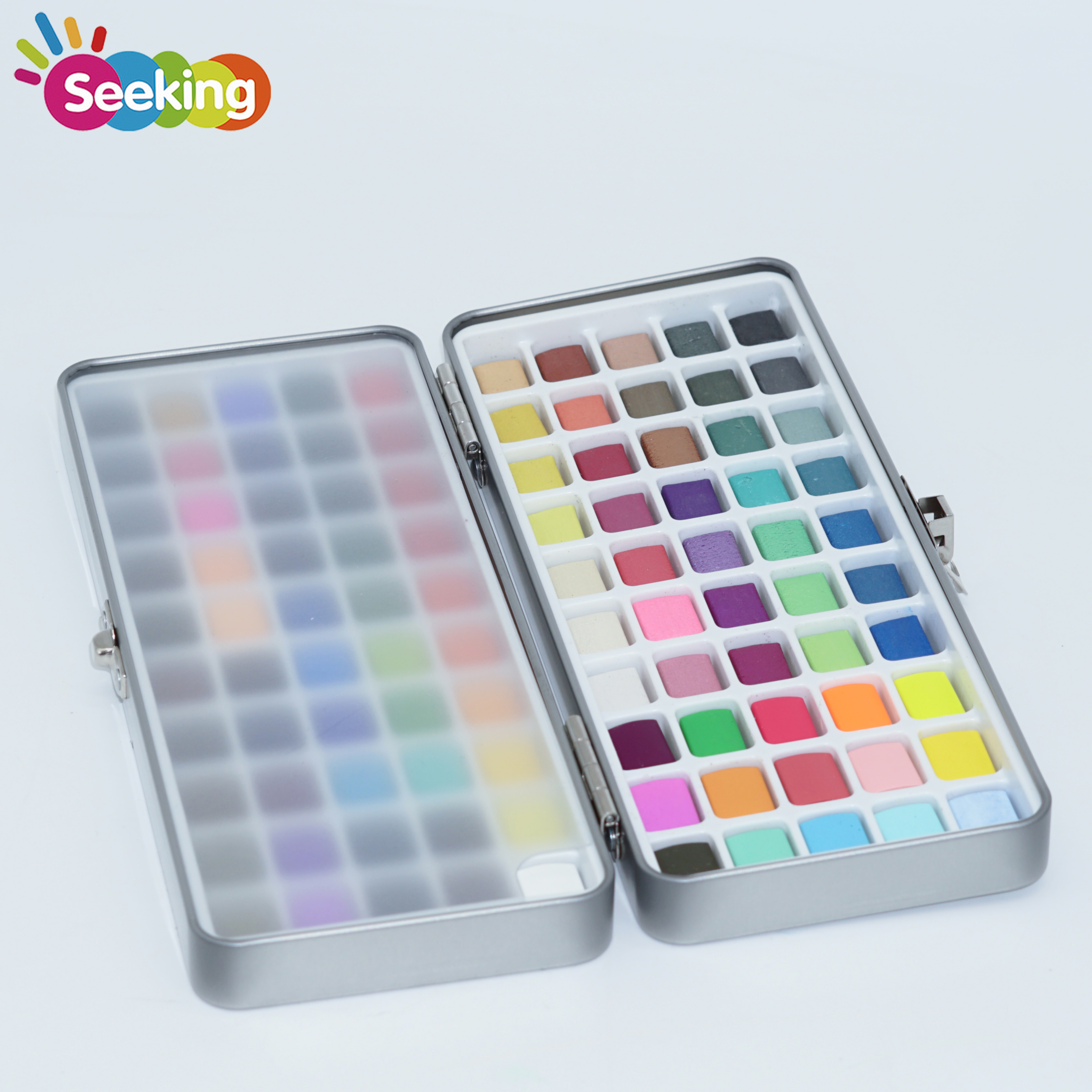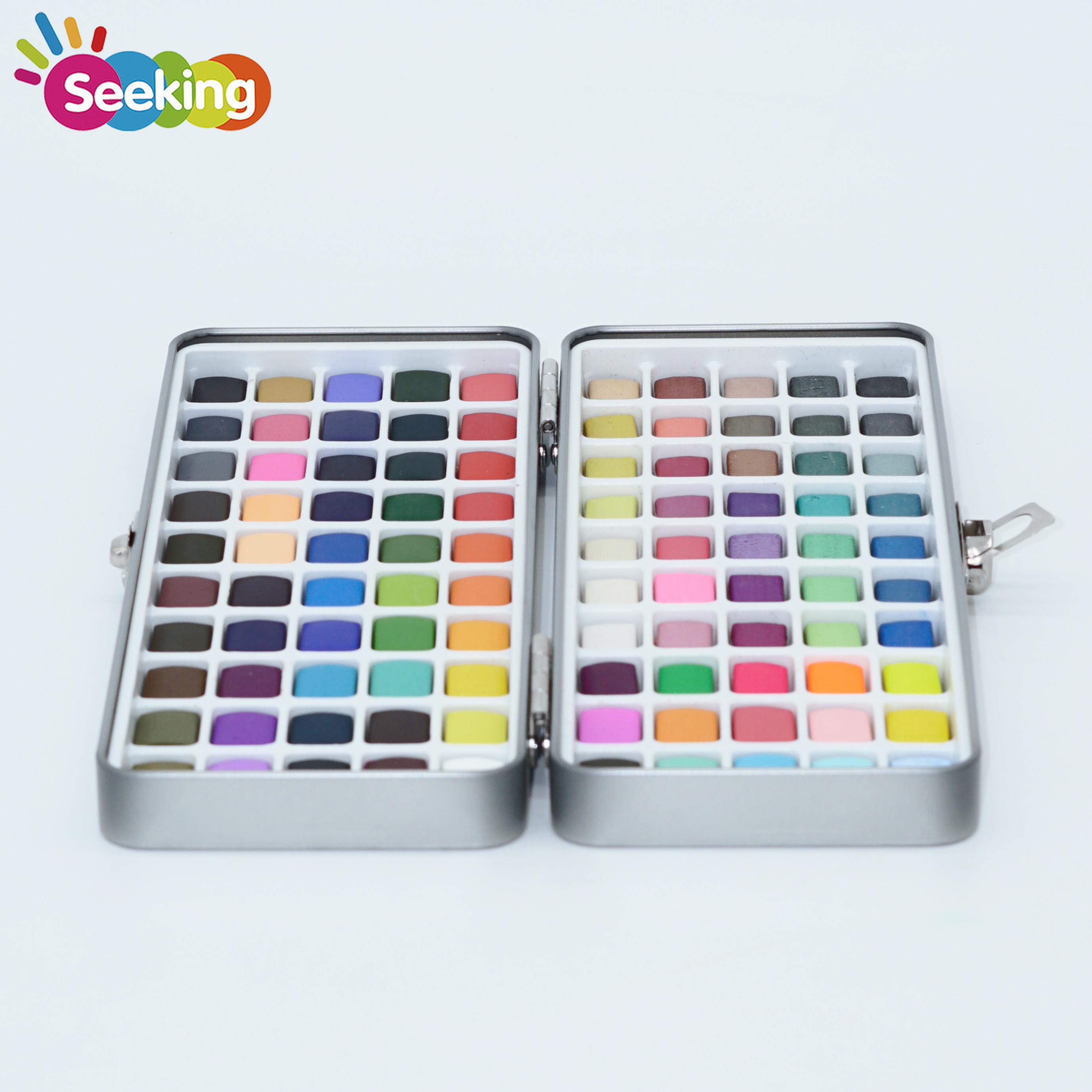Five steps to teach you how to paint beautiful watercolours
Painting is a form of art, and watercolour, as one of the means of expression, has a unique charm. How to paint a beautiful watercolour? The following will introduce you to five steps to help you beginners can easily get started, unveiling the mystery of watercolour painting.
Step 1: Preparation
Before we start watercolour painting, we need to do some preparatory work. First, choose a piece of watercolour paper with good texture. Generally speaking, thicker paper will be more suitable for watercolour painting. Secondly, make sure the brushes are clean and you can choose different sizes of brushes according to your drawing needs. Finally, prepare some bright colours, easy to blend watercolour materials, and prepare a water dish and a clean towel for use.
Step 2: Determine the theme and composition
Before painting watercolour, we need to determine a theme or subject. It can be a natural landscape, portrait, or still life and so on. According to the chosen theme, we can plan the composition. Composition is the basis of picture painting, you can choose the angle, layout, relative position of objects and other factors to improve the effect and attraction of the picture.
Step 3:Draw the base colour
Before we start drawing details, we need to apply a base colour. The base colour can play a role in blending and streeting the colours of the picture. First of all, gently wet the brush, gently apply an appropriate amount of watercolour paint in the water dish, keep the brush in a wet state. Then, apply the base colour evenly on the whole picture. The nature of water can be used appropriately during the application process to control the depth of the paint and the transition effect of the colours.
Step 4: Gradual details
When the base colour is dry, we can gradually work on the details of the picture. According to the needs of the theme, you can first draw some basic outline lines, and then gradually fill in the colours and shadows. When painting the details, you need to pay attention to the use of the right amount of paint, to avoid overlaying the colours caused by cloudy or too heavy picture. At the same time, the use of wet painting or dry painting method to express different effects. Wet painting refers to the use of wet brushes on wet paper to create a soft, gradient effect, while dry painting is drawn on dry paper, the colours are clearer and more distinct.
Step 5: Enhancement and modification
After the painting is completed, we can also enhance and retouch the picture. We can enhance the contrast of colours, adjust the brightness and darkness, and highlight the layers and three-dimensionality of the picture. In addition, different techniques can be used to enrich the picture, such as spraying, scraping, squeezing, etc. These techniques can make the picture more vivid. These techniques can make the picture more vivid and interesting, and increase the viewing pleasure.
Through the above five steps of guidance, we can initially understand how to draw beautiful watercolour paintings. But painting is a comprehensive study that requires long-term practice and accumulation. I hope this article can provide you with some help, may you in the road of watercolour painting farther and farther, to create more beautiful watercolour works.



















